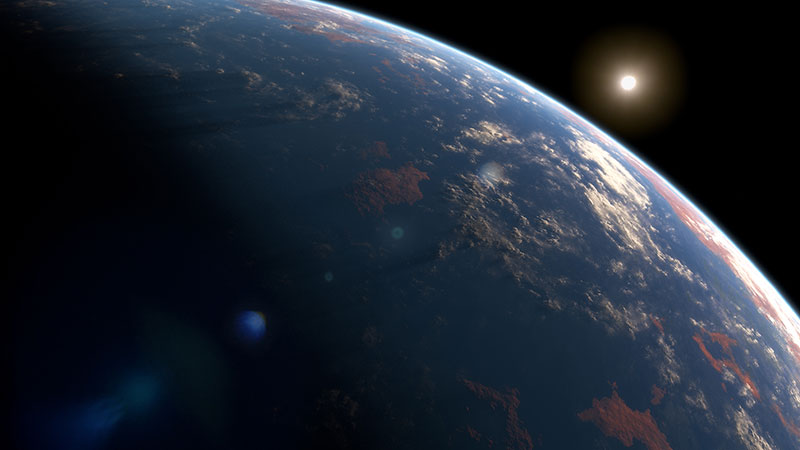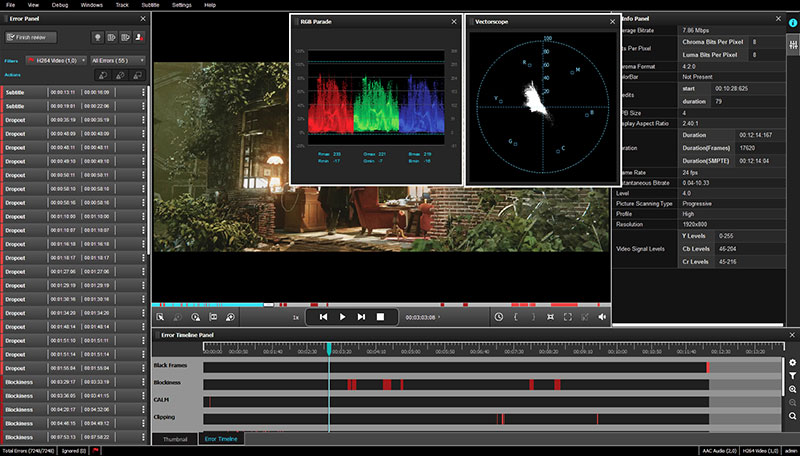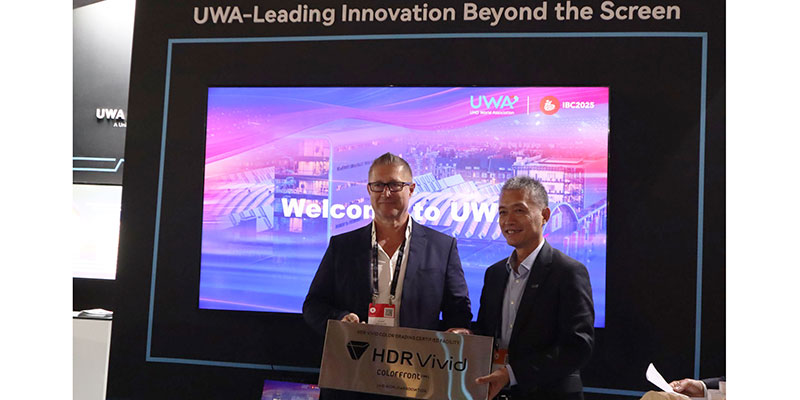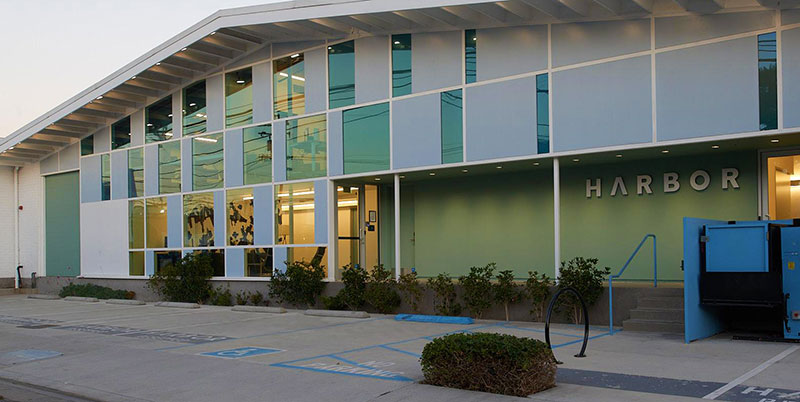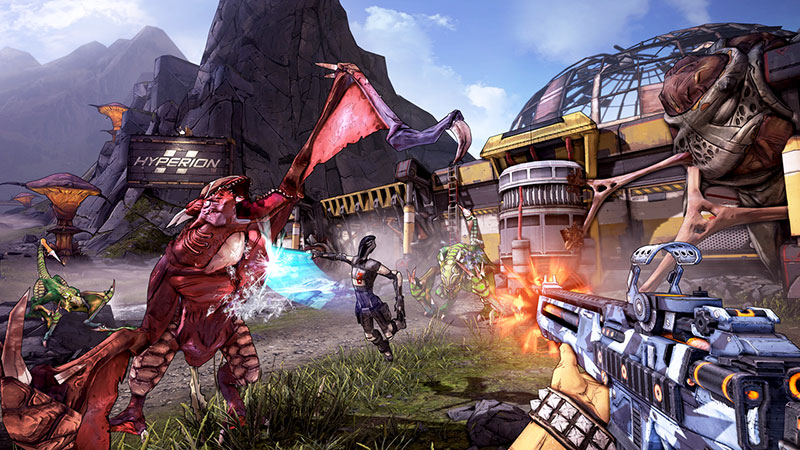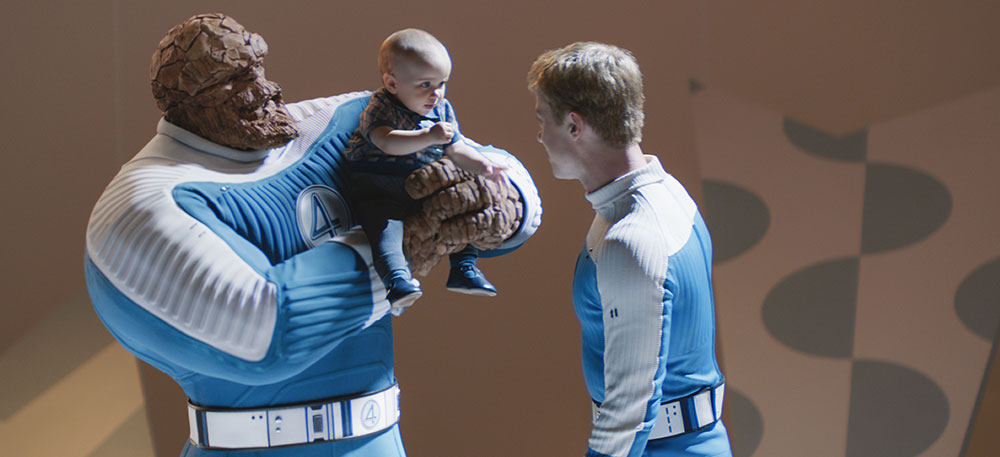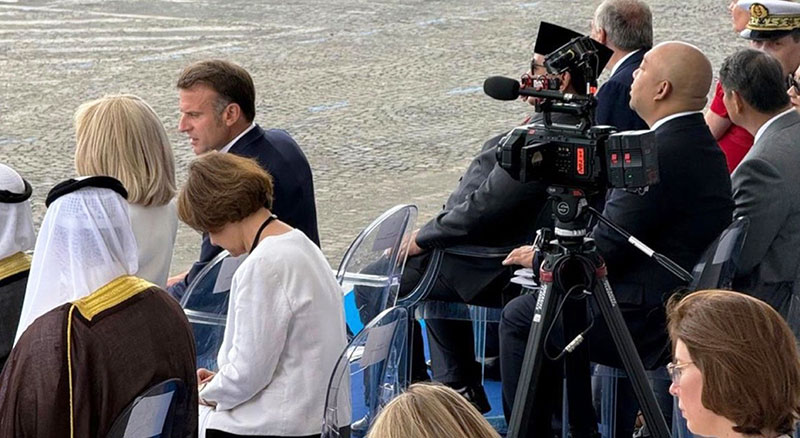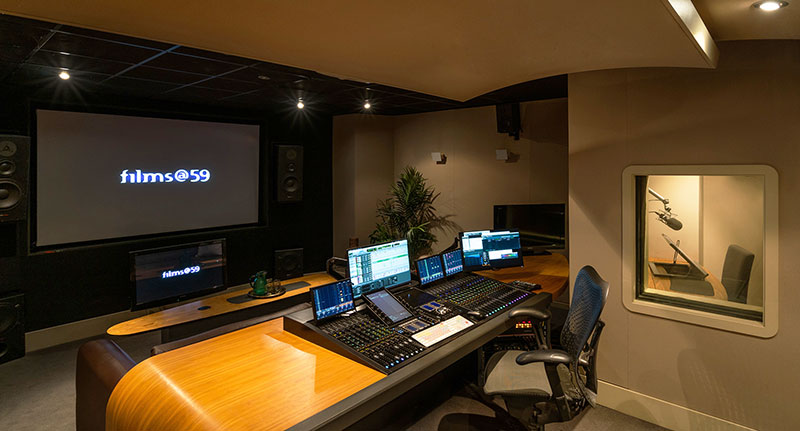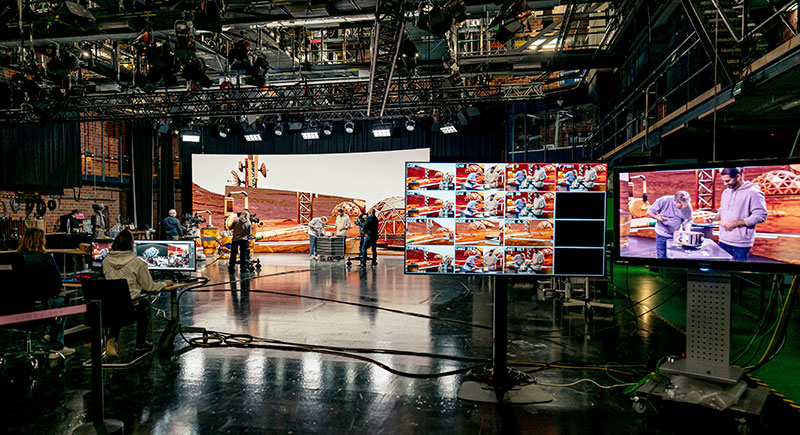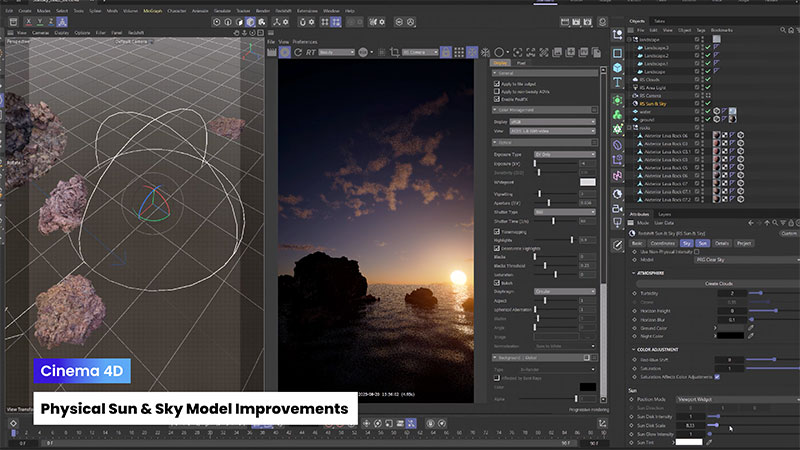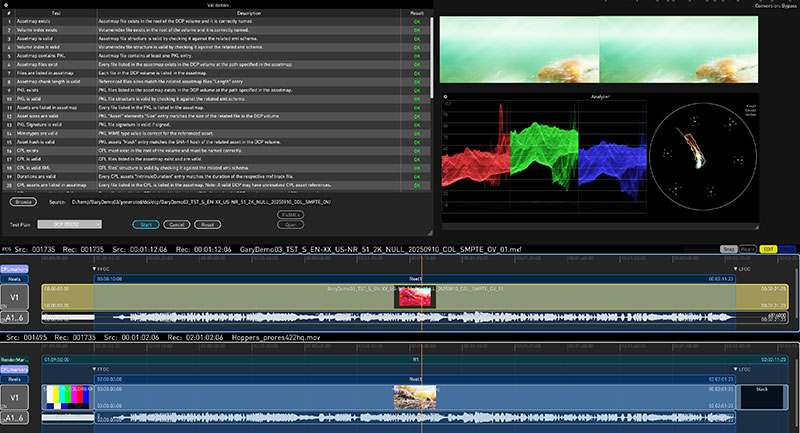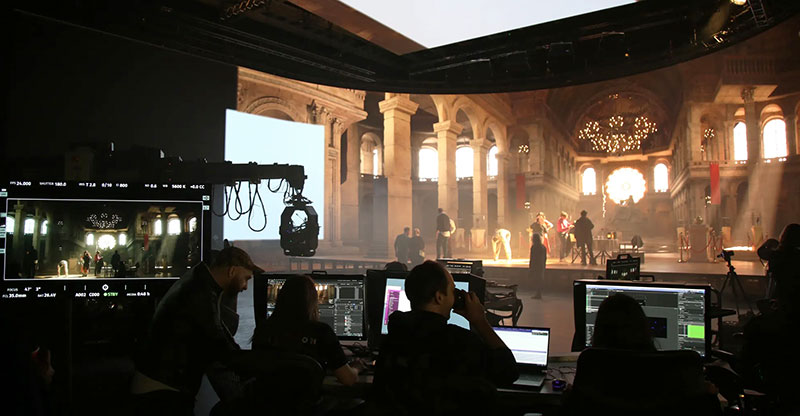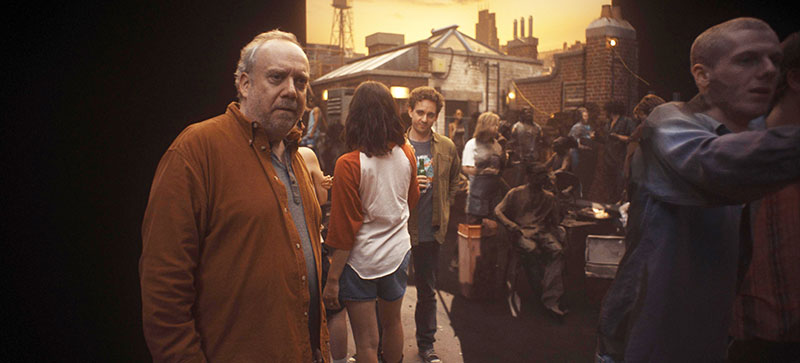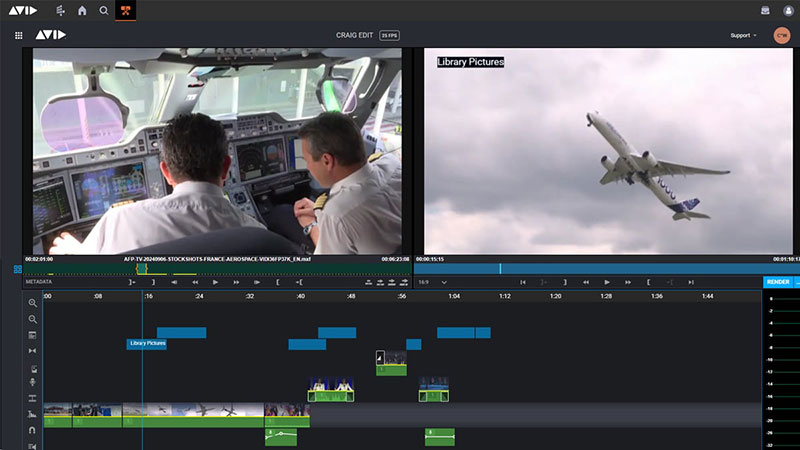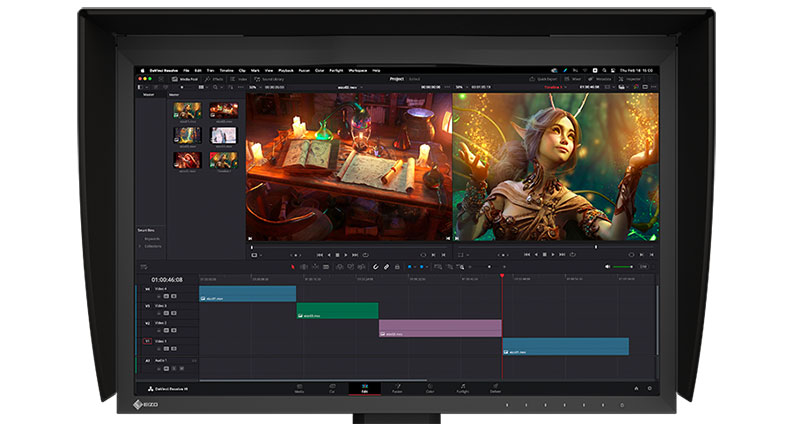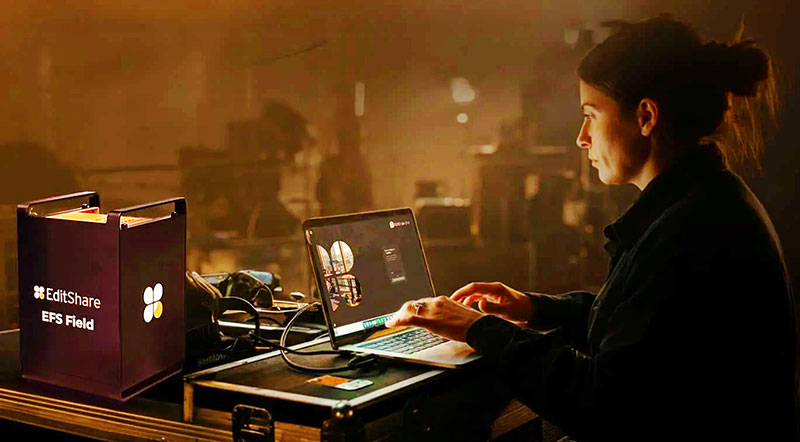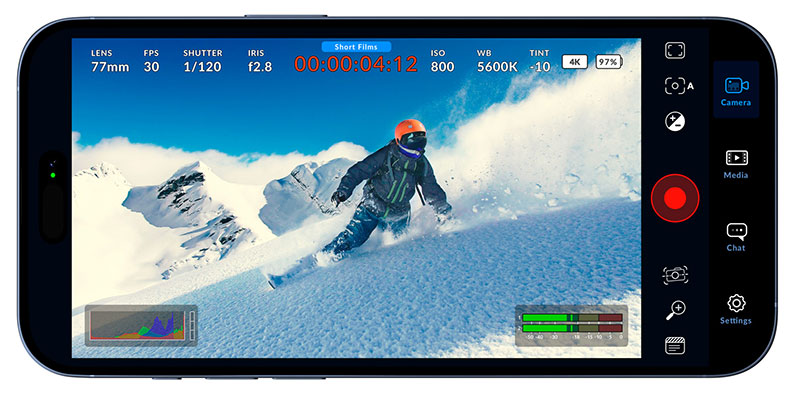Rob Harvey, founder, Creative Director and award-winning VFX Supervisor at Lola Post Production, talks about building, growing and nurturing his studio over the last 25 years.

Walking with Dinosaurs
Rob Harvey is founder, Creative Director and VFX Supervisor at Lola Post Production, a studio that has just reached its 25th year of independent operation. Lola’s story started off in 2000 when Rob’s career was on a high with a job at Mill Film working on Ridley Scott’s Gladiator – a blockbuster movie that earned him an Academy Award.
That success gave him the confidence to launch Lola, and since then their team has worked on an array of television, film, documentary and commercial projects. Work from the last few years includes TV drama Dangerous Liaisons, and documentary titles The Planets and The Universe, Dinosaurs: The Final Day and, most recently, Walking with Dinosaurs.
Transition Time
Digital Media World took the opportunity to ask Rob about his years with Lola, talk about the high and low points, and take a look at what lies behind their longevity and ability to adapt. First, he talked about finding his way to VFX as a career.
“When I was at Art School in London, attempting to become an animator or graphic designer, we had a class trip to a company called CAL Videographics in Covent Garden whose creative director had been to the same Art School. They were one of the first companies to invest in early 1980s 3D equipment, Quantel Paintbox and Bosch FGS-4000 – to create the titles for Dr Who, I believe.”
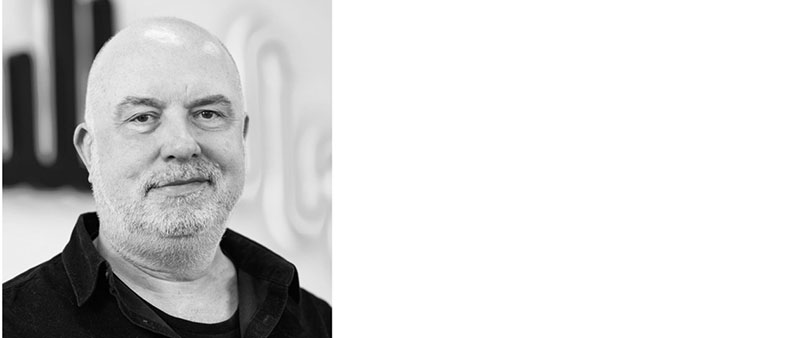
Founder, Creative Director and VFX Supervisor Rob Harvey
Naturally driven and resourceful, Rob said he returned the studio later that year on his own initiative, looking for feedback on his degree portfolio. Then, on the day he graduated, the creative director called him to offer him a job. Rob said, “Visual effects wasn’t a thing back in 1986, but I was lucky enough to be there at the beginning and experience the industry transition from traditional film techniques to new technology.”
Reckless
Though they are more common today, at that time, Lola became one of the first boutique post companies. Thinking back on what inspired him to take on the responsibility and challenge of launching a new studio at a time when his career was reaching a peak, Rob puts it partly down to the confidence and recklessness of youth. He said, “We set up begging and borrowing and putting our houses up as collateral. But we also saw an opportunity to have some freedom and work with our mates, who were by then successful directors and producers.
“We also had some loyal – and fortunately busy – clients who were very supportive and, being small, we could give them a personalised service. Ironically, one of our biggest clients was Ridley Scott’s RSA Films. We worked on lots of commercials and music videos with their directors, which meant our new venture wasn’t such a massive leap into the unknown.”
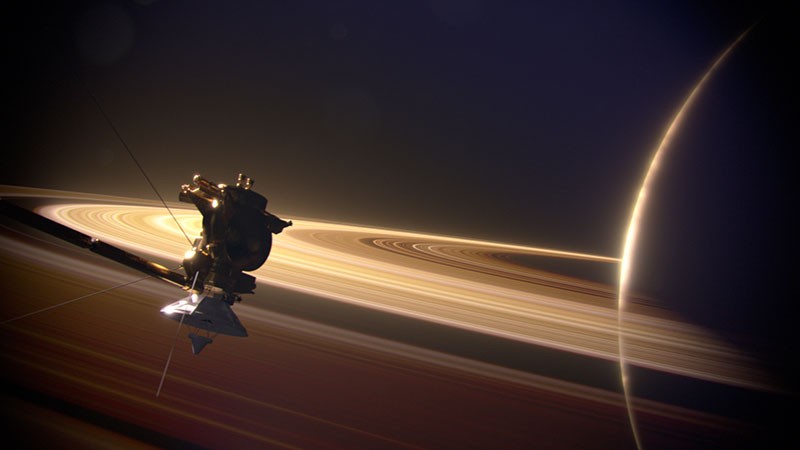
The Planets
Documentary with Drama
Over time, factual and documentary projects have grown into a speciality for Lola, for which the team has received recognition. Rob commented, “When we started Lola back in 2000, VFX for episodic TV virtually didn’t exist – it was far too expensive. The only TV shows that had a VFX budget seemed to be factual shows, mostly historical ‘drama docs’ or science shows, so it wasn’t part of a cunning business plan.”
Having experience of long form from working on features at Mill Film, and 15 years creating complex effects for commercials and promos, Lola was able to apply that experience to TV work. “We’ve always been flexible and open to taking on a broad variety of projects,” he said. “I love taking on factual shows because they are really collaborative projects. We’re often presented with just a script and the question ‘how can we do this?’ It can be creatively very rewarding and it also gives us the opportunity to experiment and road test ideas we can apply to drama.
Traditionally Flexible
“We have remained very flexible in the way we approach a project and that, I think, is one of our strengths. We have retained some of the traditional techniques I learned working on film. For instance, we still shoot a lot of elements, often using high-speed cameras in a studio, or filming models and physical effects rather than using CG as the default. Often it’s a budget-driven need, but I love the happy accidents you get with shooting something and the texture it adds to the shots.”
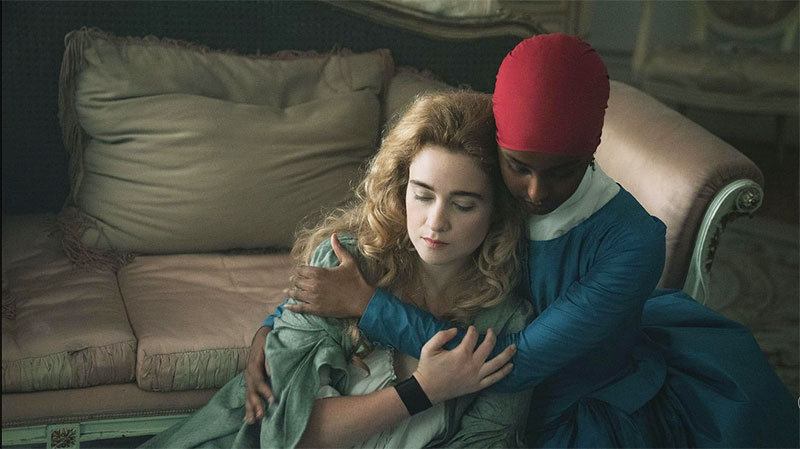
Dangerous Liaisons
Every once in a while, the studio lands a job that draws a lot of attention, or one that they can see may earn recognition come awards season. Often, though, they will only recognise it as a ‘milestone project’, influencing the company’s history, once the dust settles. “Then you can look back on it with a bit of perspective. Supervolcano, for example, was one of the first big drama-docs and was nominated for a BAFTA and an Emmy, but at the time it seemed to be just another show,” Rob reflected.
They also worked on a series for the BBC in 2019 called The Planets that became a hugely popular show. Although the solar system’s planets had been the subject of other documentaries, Lola’s effects brought drama and beauty to the narrative and visualised the violence of the story for viewers. As sole vendor, Lola completed about two and a half hours of VFX over the five episodes, moving from the sun to regions beyond Pluto. “Our latest project Walking With Dinosaurs has been something of a milestone for us as well,” said Rob. “We were sole vendor on the six episodes.”
Keeping the Wheels On
The events of the past 25 years have certainly included some challenges as well as successes. But, as much as the milestone projects, the challenges have also helped define the path the company has followed. “Sometimes the greatest challenge is just keeping the wheels on. I suppose these challenges become an everyday occurrence, to the point where dealing with unforeseen problems becomes normal. I’ve become quite chilled these days.
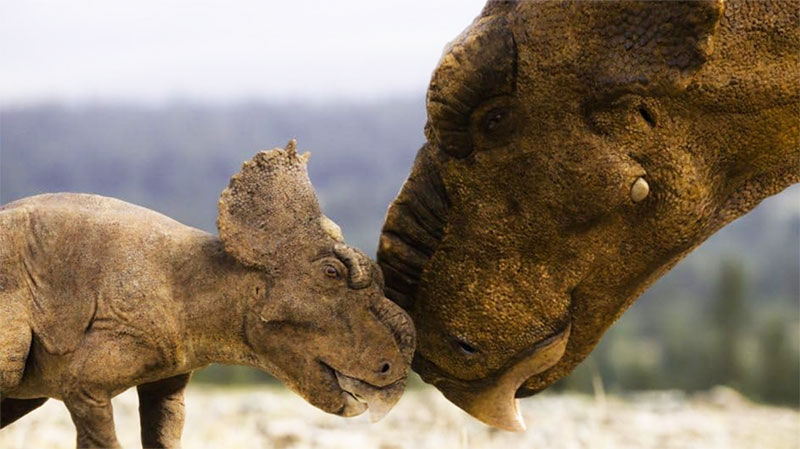
Walking with Dinosaurs
“From a technical point of view, we’re continually seeing advances that are set to change everything, but as an industry we get on with it, and those advances become the norm. I remember a lot of excitement when we moved from 4:3 to 16:9 aspect ratio, or when we backed up on tape without losing any resolution… We even threw a big party at The Mill to celebrate 1TB storage.”
One of the biggest changes to affect Lola more recently came in 2022 when VFX studio Milk in Soho acquired the company, resulting in a combined capacity of some 300 artists. Lola is still operating as a separate, distinct studio while continuing to focus on factual and drama productions, with Rob at the helm as creative director.
On Being Agile, Consistent – and Honest
He attributes Lola’s ability to continue for so many years and survive as an independent studio to a combination of several factors. “Some of it’s definitely luck, and I won’t pretend I started out with any real business acumen, but you pick up a surprising amount over the years without even realising it,” he said.
“Our longevity most likely stems from the fact that we never had a board of directors or a grand strategy. We intentionally kept our team small, made up of talented artists and producers, which allows us to stay agile during uncertain times, whether it's a strike, a downturn, or a global pandemic. Despite our size, we punch above our weight creatively. We’ve built a reputation as a trusted partner who delivers consistently high-quality work.
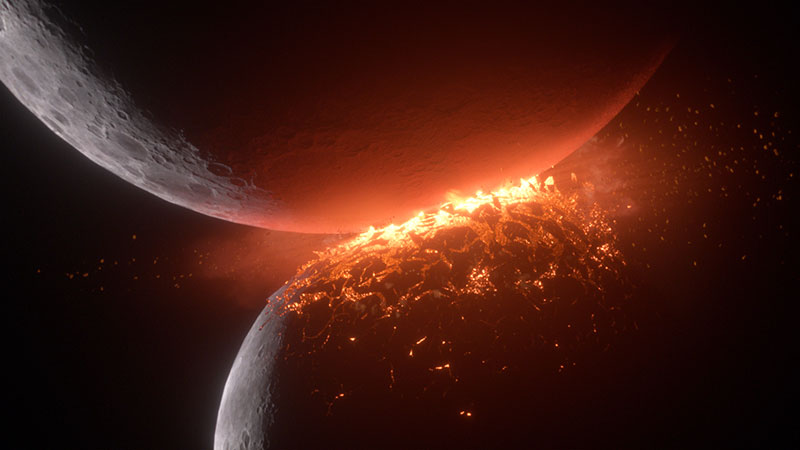 ]
]
The Planets
“We’re selective about the projects we take on, if we don’t believe we can do it well, or it would stretch us beyond our comfort zone, we’d rather say no. That kind of honesty can be tough in the moment, but over time, clients come to value it, and I think that’s made a real difference.”
Lola
One aspect of working in this industry that he misses are the free-wheeling early days. He commented, “It might be age, but a few of us are still here who remember what it was like before it all became grown up and sensible. The hours were terrible, machines never worked, but it was fun while it lasted.”
There remained one last question to ask Rob. Why is his company called Lola?
He answered, “When we had managed to persuade the bank, landlord and suppliers that we were fully ready to go ahead, we had about three pages full of potential names, but nothing really jumped out. It was getting very close to the wire. My business partner at the time had a daughter called Lola, which someone at a party suggested would make great name for a company. So he slipped Lola into the list and I picked it straight away. We both thought no one would copy it – and I’m a Kinks fan as well!” Lola-post.com
